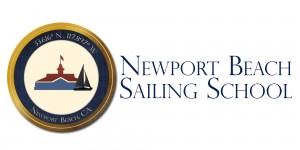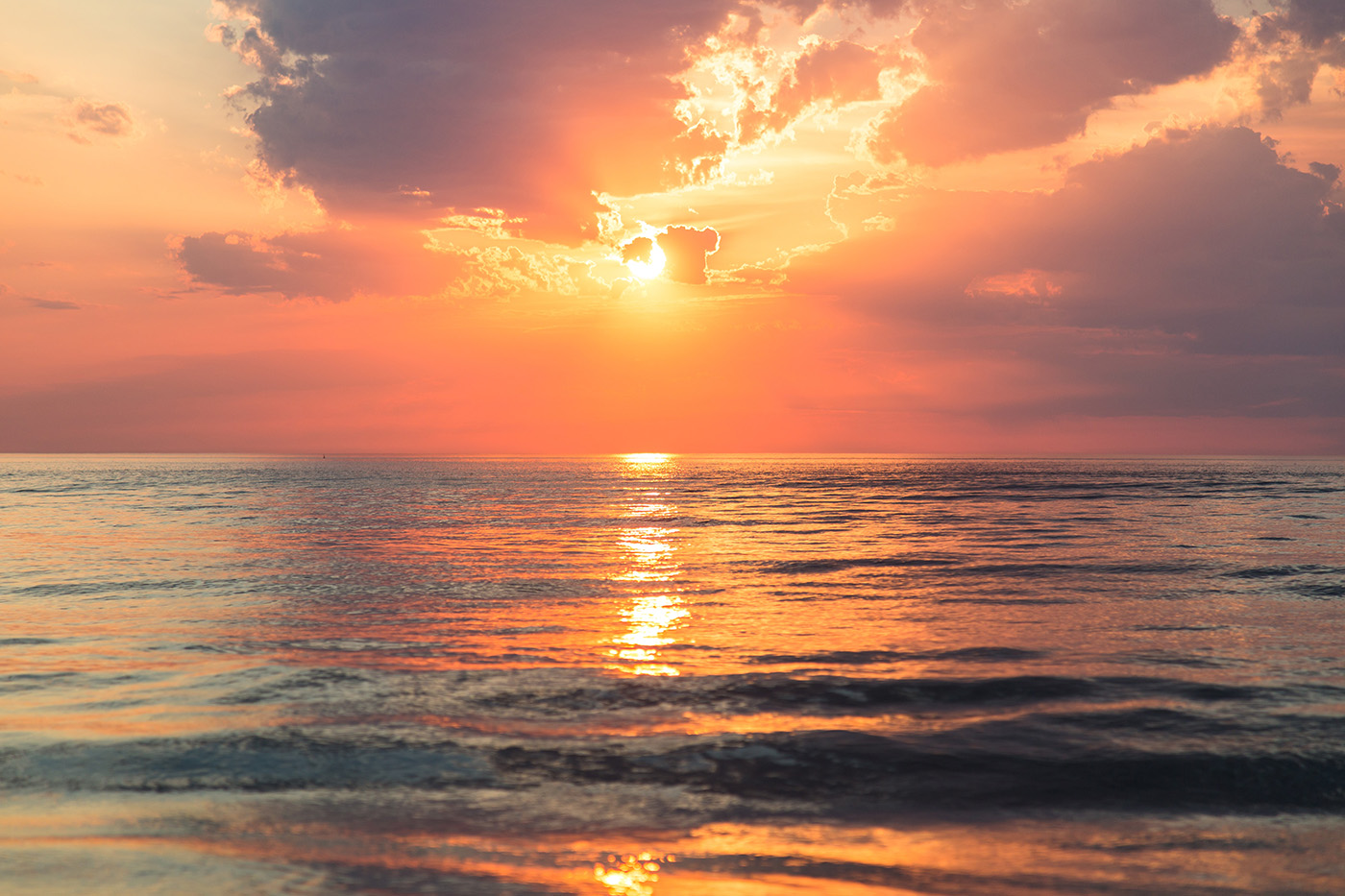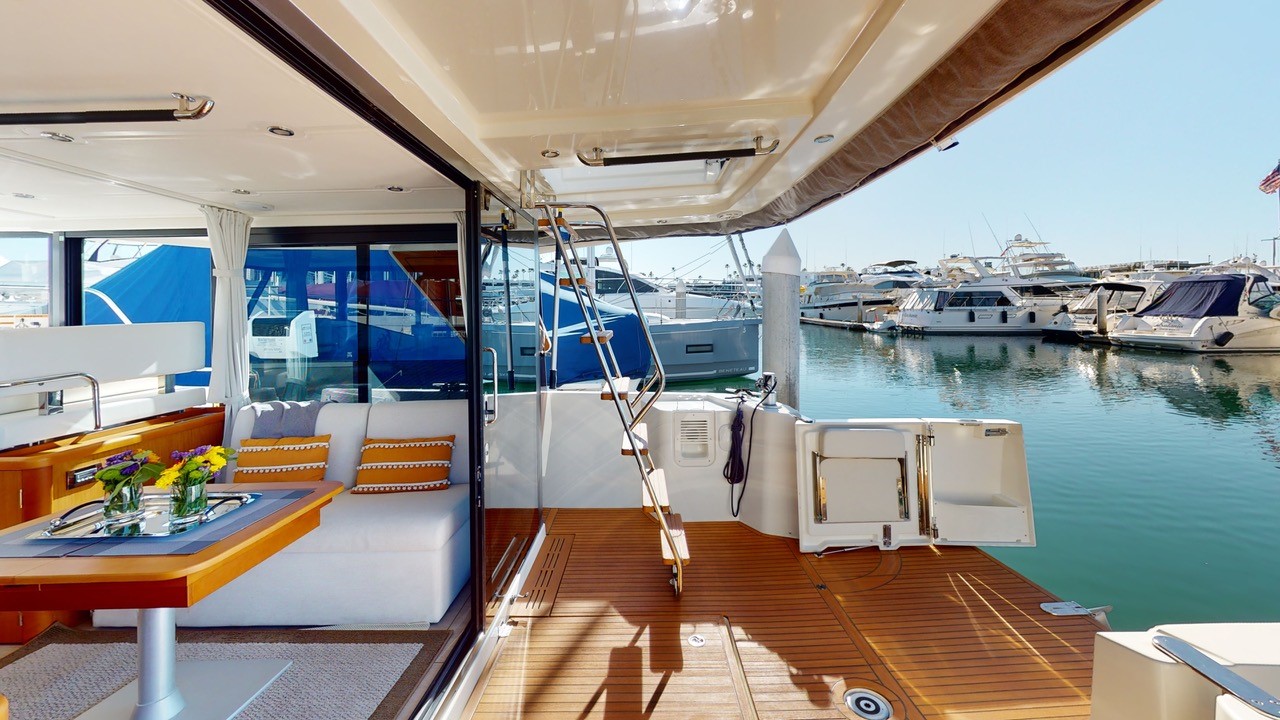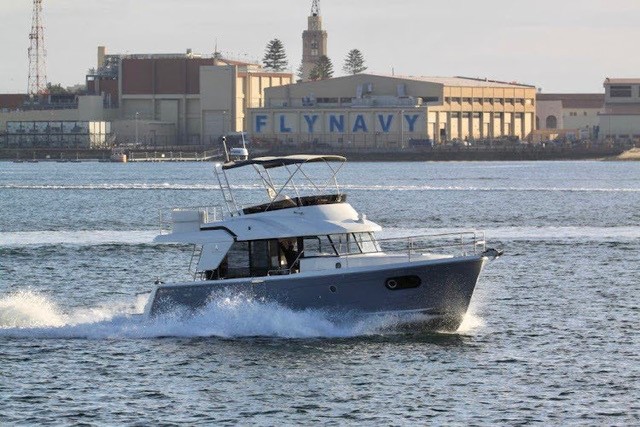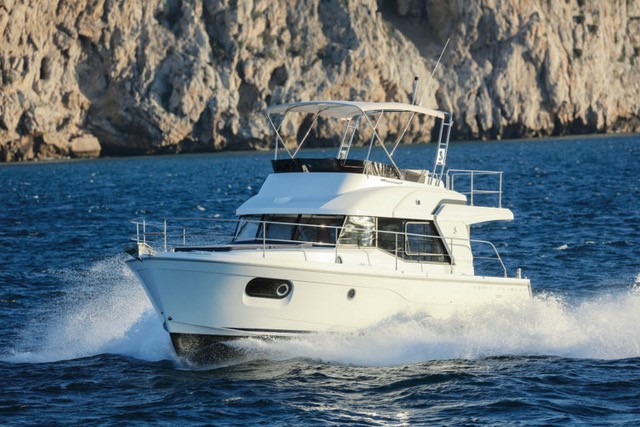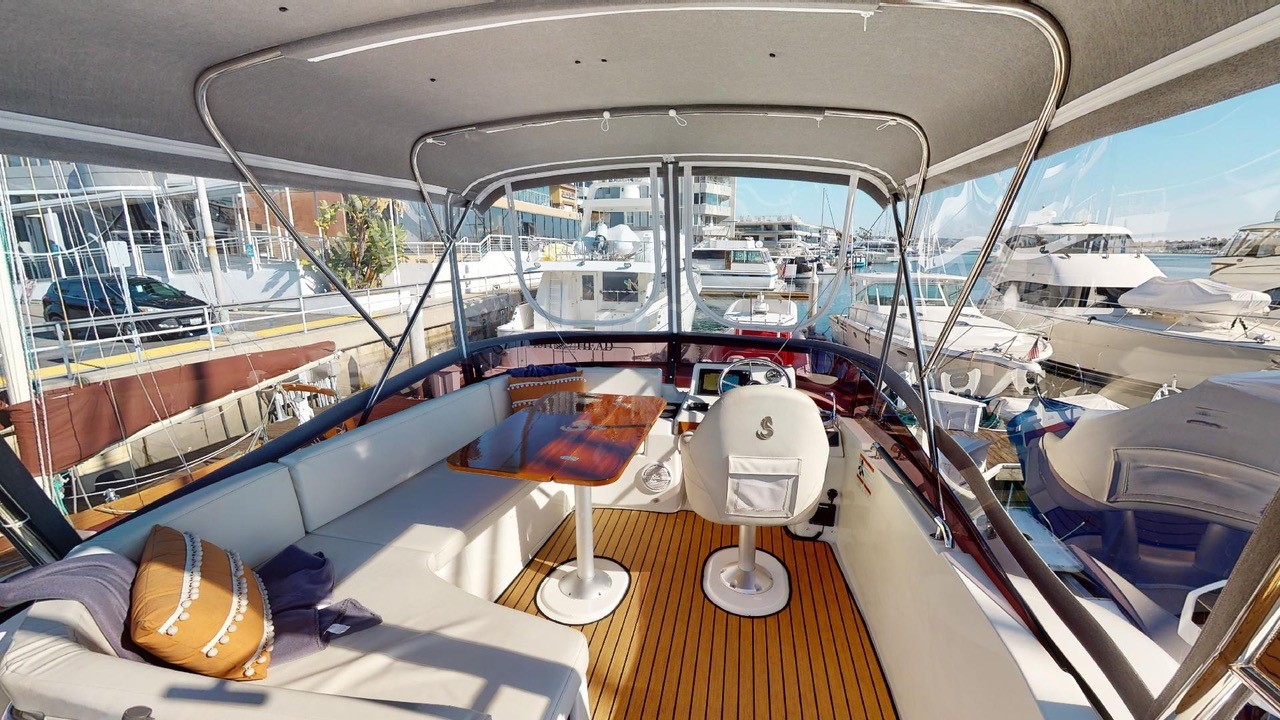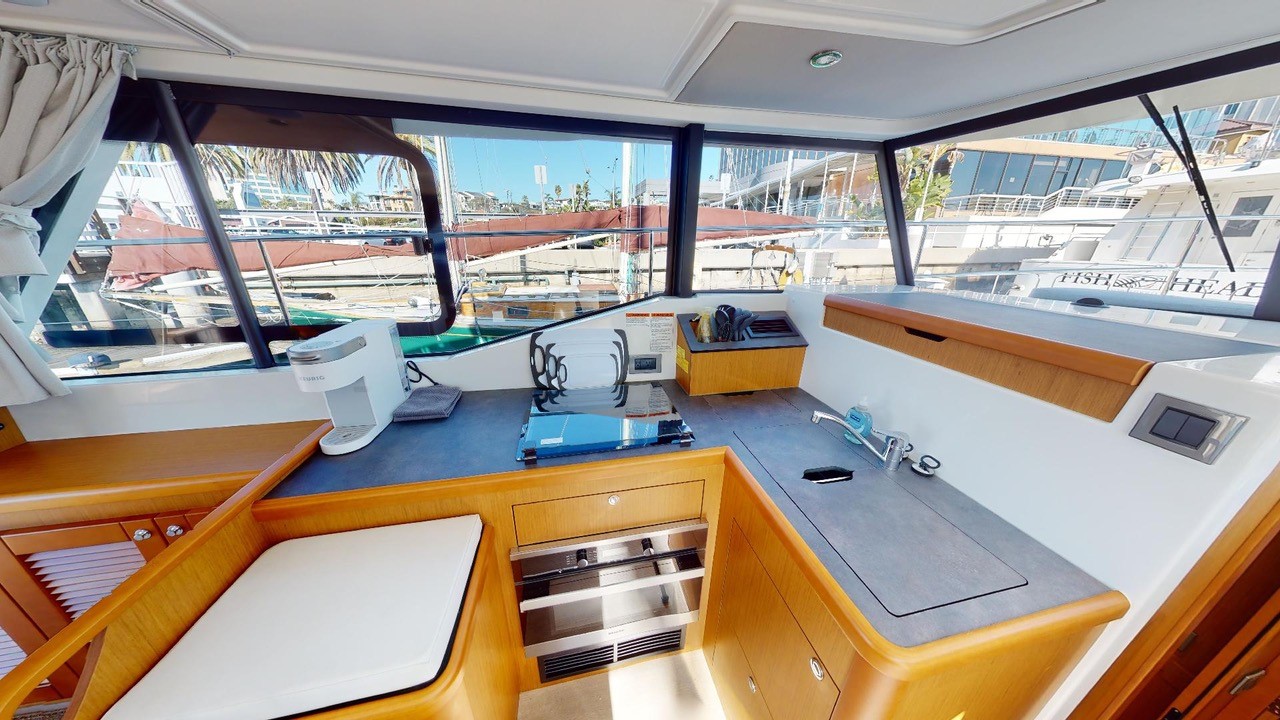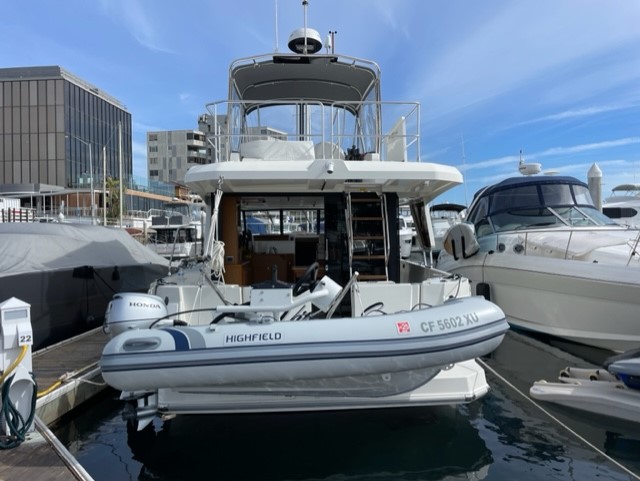Powerboat Sunset and Night Cruise Clinic
One 3-hour evening cruise on a Swift Trawler 35
Course Price and Scheduling
Group Course
Total of three students–You and two other students, who we match you up with.
Group Course: $335 per student.
Private Course
A private course for you and 1 or 2 other people you know, based on your schedule.
Private Course 1 Student: $795 total.
Private Course 2 Students: $835 total.
Private Course 3 Students: $875 total.
Information about the Clinic
Sunset and night Cruise Clinic Overview
Cruising at sunset can be one of the most enjoyable times to be on your boat. A beautiful orange and red sunset is just the start of the magic. As the stars come out on a cloudless night, they seem so much brighter. However, if you are outside the harbor and down the coast at sunset, it is going to be dark while you are cruising back to your slip. Docking your boat at night is much more difficult than during the day. This course will prepare you to drive your boat safely at night. It will also give you the confidence to dock at night.
This course will start approximately an hour before sunset and end at night. There may or may not be a full moon to help guide you. It is much darker on the water during a new moon cycle. We’ll teach you the best ways to naturally have your eyes adjust to the darkness.
For a full list of all topics (skills) that will be covered click below.
There is no certification for this course. There is no written test. This is a skills clinic only.
In this course we will be practicing many of the skills at night in the dark that we learned in the RPBA 1101, Close Quarter Powerboat Handling. You will get to experience docking and undocking at night.
- How to achieve the best possible night vision.
- How to use the electronic navigation equipment including Radar and AIS. How to adjust the Raymarine chartplotter so it doesn’t ruin your night vision every time you look at the screen.
- Details about the electronic navigation and the symbols on the chartplotter. Cans and Nuns.
- Use the charts to identify navigation marks which have light characteristics.
- Judging distances at night. How to use the chartplotter to make it easy. Red right return.
- How to use the Aids to Navigation in the harbor and near shore to help you return from the sea and find your way into the harbor.
- What is different and what is the same about cruising in the dark.
- Why red light bulbs instead of white lights? Why not to shine a flash light into the eyes of a fellow crew member.
- Regardless of the season, it is always cooler on the water at night. We’ll discuss appropriate layering a cruise that starts before sunset and ends at night.
- Safety is even more critical at night. We’ll discuss life jackets and tethers and jacklines.
- Man Overboard at night. It is a lot more difficult. We’ll practice.
- We’ll discuss night watch schedules. How to prepare less experienced crew with more experienced crew.
- How to read the navigation lights on other vessels. And how not to get confused by other lights. How to tell who is the stand on and who is the give way vessel.
- How to watch out for lobster traps and avoid other dangers in the water. There are small buoys right outside the harbor that are hard to see during the day.
- Weather at night.Ashore Knowledge
Power Vessel Theory
• Pre-departure planning
• Pre-departure passenger safety briefing
• Pre-departure and post-sail vessel check
• Crew communication and safety
• Correct use of a VHF RadioUnderway Skills in the dark
• Develop and execute a vessel departure plan with due consideration for wind, current, traffic and any special circumstances
• Crew communication/briefing and assignment of duties including proper sequence for casting off dock lines and fender placement/usage
• Demonstrate two methods for centering helm/wheel
• Pivot/turn vessel 360 degrees in tight quarters
• Back down a narrow channel in a straight line
• Dock bow first in a protected slip (touch and no touch)
• Dock stern first in a protected slip (touch and no touch)
• Dock bow first at a facing pier (fuel dock) both port and starboard to
• Dock stern first at a facing pier (fuel dock) both port and starboard to
• Dock bow first at a facing pier using a spring line
• Depart a facing pier using a spring line
• Develop a docking plan including crew assignments and duties, desired dock line sequence, and due consideration for elements
• Secure vessel in a slip properly (make fast) including correct placement of fenders and use of spring lines and bow & stern lines
• Perform “Post Sail” check to secure vessel and turn off equipment properly
Prerequisite – RPBA 1101, Close Quarters Powerboat Handling and good night vision
Boat utilized and description – 2021 Beneteau Swift Trawler 35
Trawlers have semi-displacement hulls that contribute to their performance and are designed to cut through high seas over long distances. Trawlers prompt you to explore far off islands with a powerful, reliable, efficient engine that also saves fuel. Trawlers have an excellent cruising range and can sail for hundreds of miles. The difference between the Swift Trawler and other trawlers: The Swift Trawler is fast – up to 20 knots.
Base location – Balboa Marina, Newport Beach, CA
The boat will be docked at the Balboa Marina where our office is located. This marina has some of the best facilities and is one of the best destinations in Southern California.
- Ample free parking
- Bathrooms and showers
- Two great restaurants with full bars – SOL Mexican Cocina & Tavern House Kitchen and Bar
- Starbucks across the street
- Gas station and minimart across the street
- Subway across the street
What’s included
- Insurance, and safety gear (including life jackets)
- Fuel is NOT included and will be billed separately. Cost is $6 p/gallon.
Cost Matrix to Reschedule a Class
Call us at (949) 209-9931 with any questions or to book by phone.
Call us at (949) 209-9931 with any questions or to book by phone.
